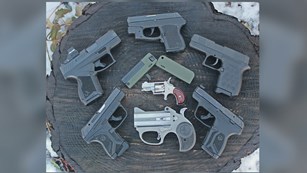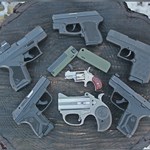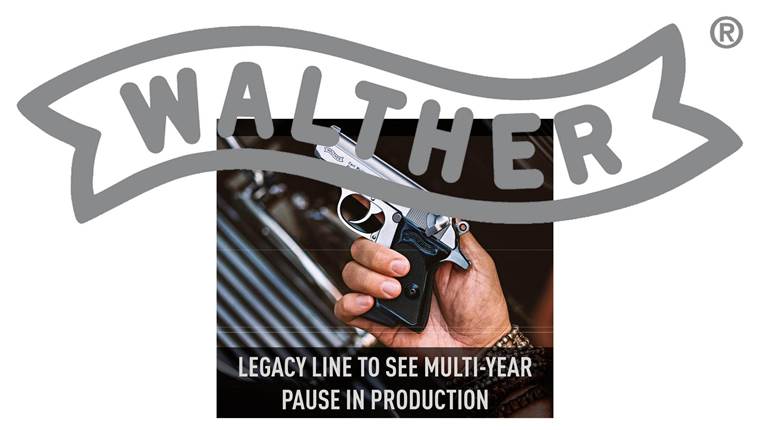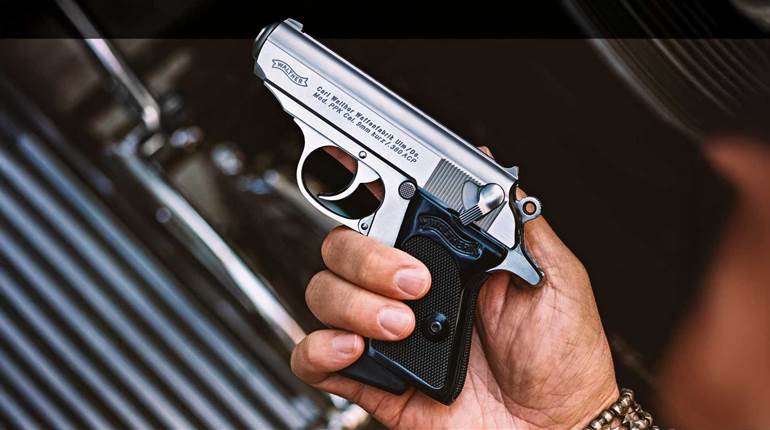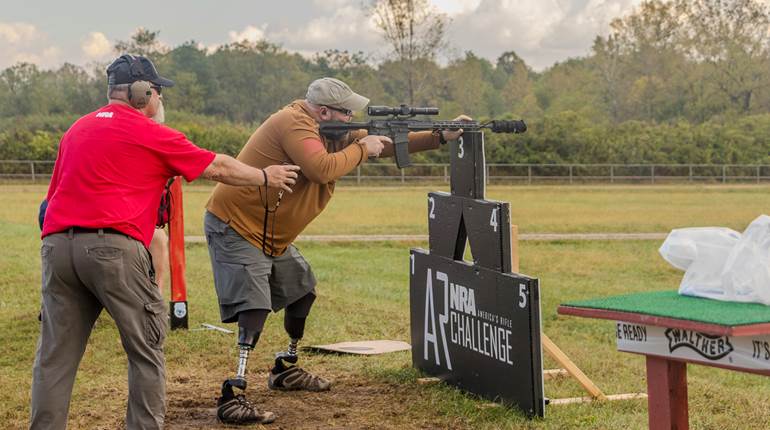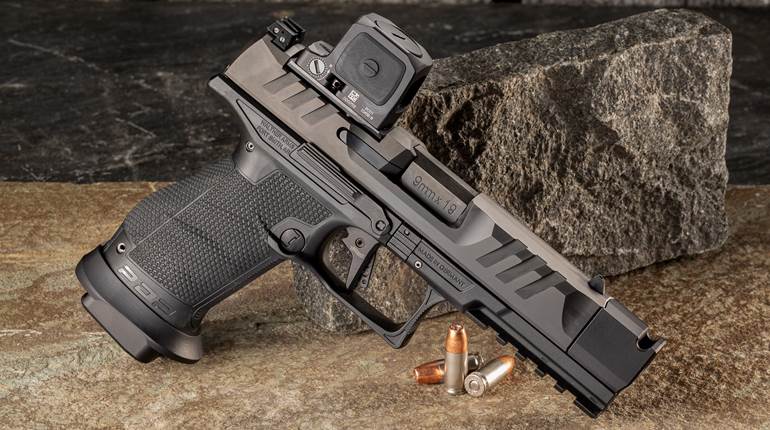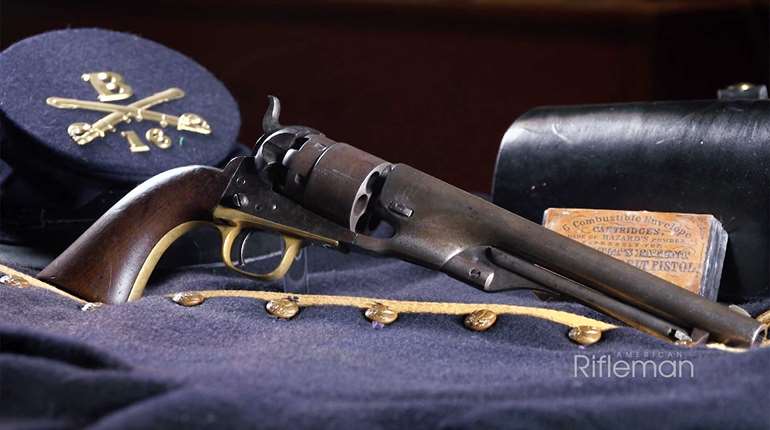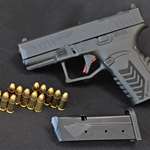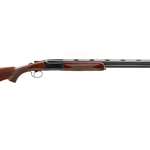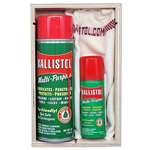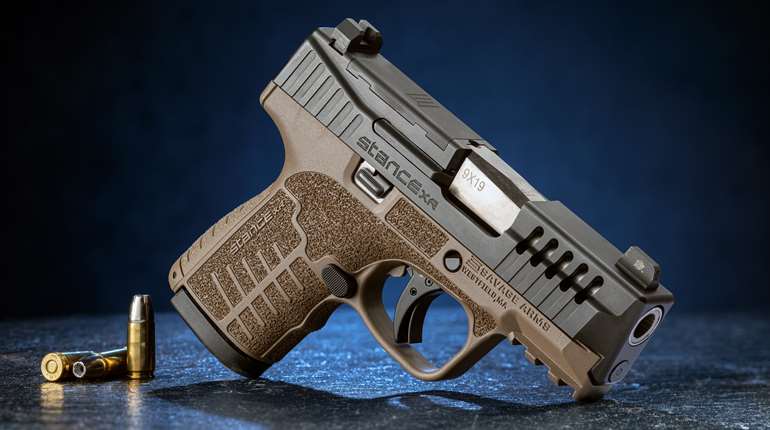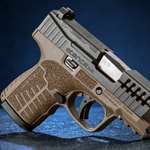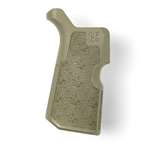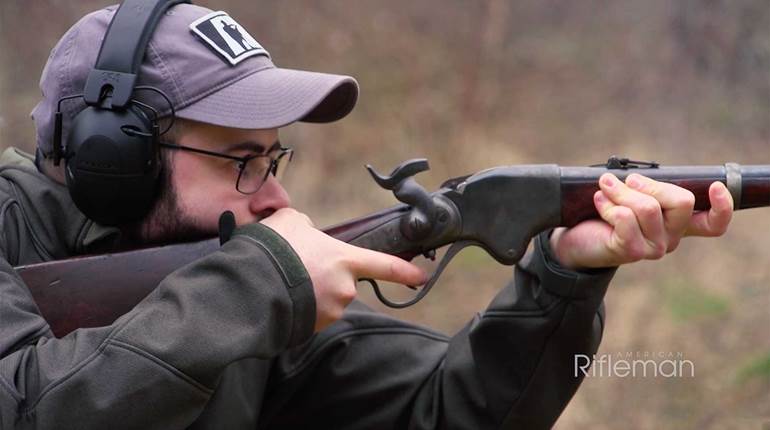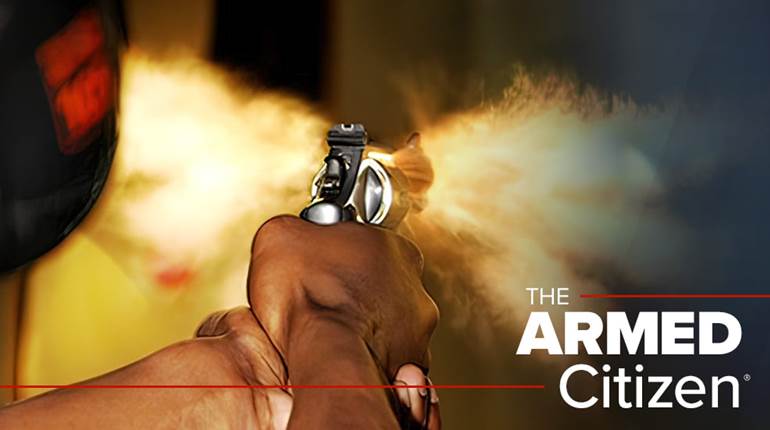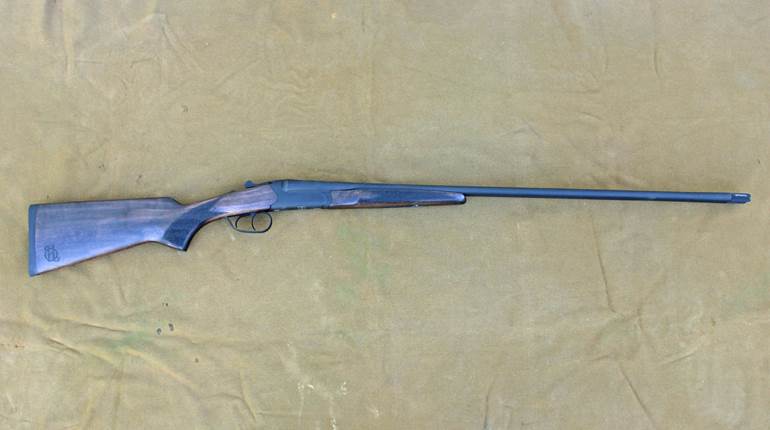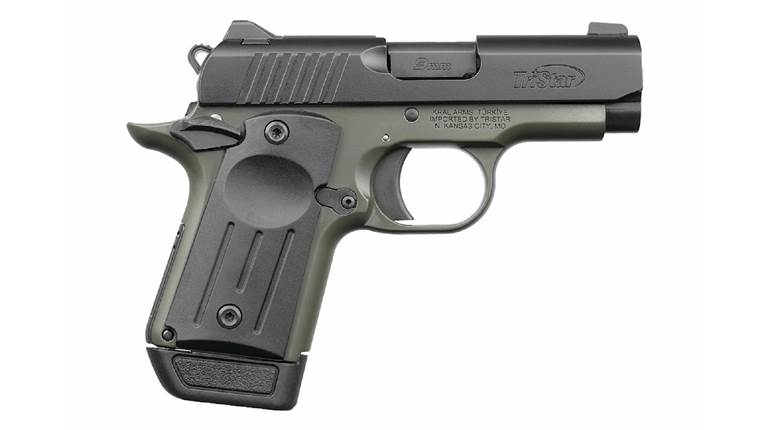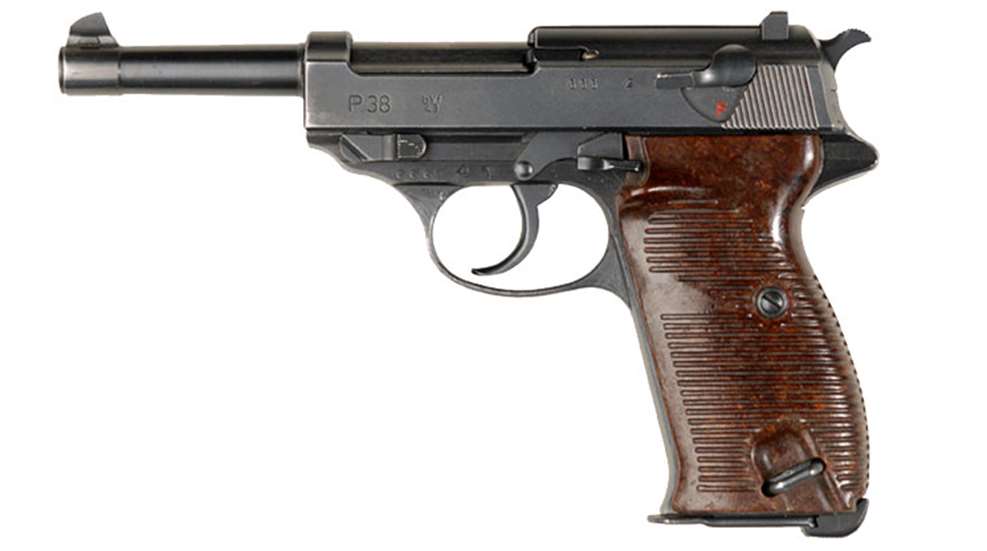
imfdb.com and wikipedia images
As the 1930s arrived, much of the world was in a massive economic depression. Germany, which was already in a violent political turmoil, fell into economic collapse in mid-1931. The Wehrmacht (defense force) quietly began a campaign to rearm the country. Among its tasks was to replace the relatively fragile and expensive-to-manufacture P08 Luger with a more modern and easy-to-manufacture design. Carl Walther Waffenfabrik had recently gained a contract to supply German police with its PP (Polizeipistole, or police pistol) and PPK (Polizeipistole Kurz, or police pistol short) pistols. It stood to reason that the company would be in the competition for a new service pistol.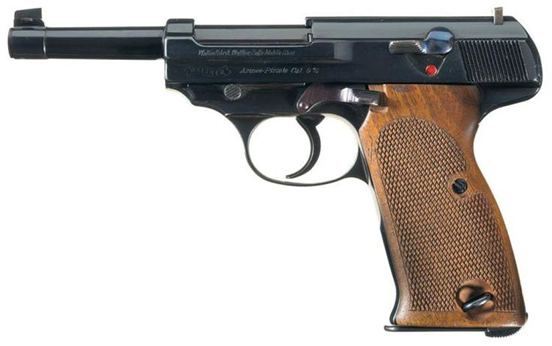
Armee pistole
Its first submission, called the Model MP (Militarische Pistole) was a larger version of the PP chambered in 9x19 mm Parabellum. However, the cartridge was too powerful for a blowback-operated pistol, and the Heer (army) sent Walther back to the drawing boards. Walther then tried a variation of a Paul Kiraly design, calling it the AP (Armee pistole). It featured a delayed-blowback operation from a locked breech, a double-action/single-action (DA/SA) fire control system borrowed from the PP series, an internal hammer that could be safely lowered onto a live round via a decocker and a 4 7/8" round barrel. It is estimated that no more than 55 of these prototype pistols were made and the few that have made their way to the collector’s market fetch prices from $35,000 to $55,000. The Heer liked the design but wanted an exposed hammer so that a soldier would have the option of manually cocking the pistol.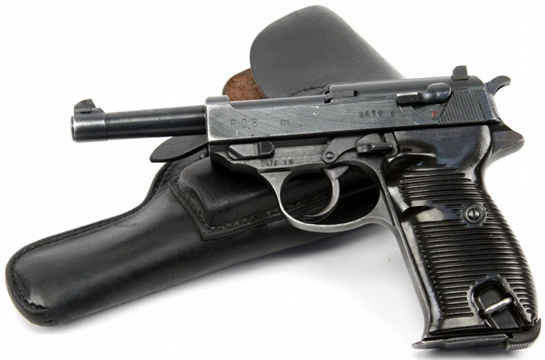
Walther P38
Walther redesigned the AP to include an external hammer, along with some changes to the safety/decock mechanism, renaming that iteration the HP (Heeres Pistole) and produced three more for testing. Though accepted in 1938, it wasn’t until 1939 that the three prototypes were furnished to the Heer. Mass production commenced mid-1940, just as Germany was in a rapid expansion of its war-making machine, and the pistol was given the name P38.
One cannot help but wonder whether the designers at Walther knew that the P38’s design would be a seminal moment in the evolution of modern service pistols. The P38 was the first pistol to combine a locked breech with a DA/SA trigger, whereby the hammer could rest with a round in the chamber, and the first shot could be fired in double-action mode, with subsequent shots fired in the single-action mode. This design has been copied numerous times up to and including today for most modern pistols, until the advent of the striker-fired pistol. While many old-schoolers scoff that the DA/SA is a solution to a non-existent problem, the feature has become widely accepted by military and police organizations worldwide.
The P38 is also one of the first service pistols to employ a loaded-chamber indicator, a small piece of rod that protrudes out of the top toward the rear of the slide when a round is in the chamber. Instead of using a link like a 1911 to unlock the barrel and allow it to drop out of battery during the cycling of the slide, the P38 employs a wedge-shaped falling block to keep the slide and barrel locked together until enough pressure has decayed to allow the slide to reciprocate safely. The wedge locks the barrel and slide together and moves rearward a short distance before falling into a recess, allowing the slide to continue its movement to the rear. As the slide moves forward under the pressure of dual recoil springs set to each side of the slide, it strips a fresh round from the single-column, eight-round magazine, and the wedge is cammed back into its locking recess as the slide goes into battery. Stocks on the early P38 were made from walnut, but the challenges of wartime production necessitated changing the material to Bakelite fairly early on. The left grip panel has a recessed lanyard ring. Sights consist of a fixed front blade and a fixed notched rear.
Like the 1911, the P38 was quite popular with troops so armed. It was much more reliable and rugged than the P08. Trouble was, however, production could not keep up with demand. Germany even resorted to getting Mauser—the manufacturer of the P08—and Spreewerk GmbH of Berlin to help produce the popular pistol. More than 1.2 million P38s were produced in Germany from 1938 to 1946. The P38 even enjoyed the respect of many allied soldiers. Wartime captured P38s found their way to the hips of many in the infantry, paratroopers and pilots.
After the war, the market became flush with surplus P38s. Many were brought to the states as wartime souvenirs by returning GIs. As West Germany picked itself up out of wartime ashes, it had Walther—which had to relocate its factory out of East Germany to Ulm—start producing the P38 again. From 1957 until 2000, another 600,000 copies of the iconic warhorse were produced. It remained Germany’s service pistol of choice up until 1994, when it was replaced by the P1.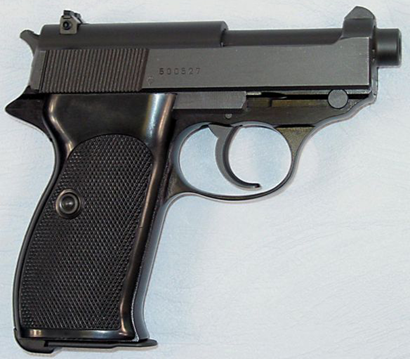
Walther P38K
The P38 was made in a number of variants. Early experimentation with chamberings like .38 Super and .45 ACP didn’t go far. A few chambered in 7.65×21 mm Parabellum and .22 Long Rifle versions were also manufactured and sold. Walther also made a P38K, with a short barrel, but is actually made from the P4 pistol. Very few of these were made, consequently they are very high priced. A lot of what is put forth as a P38K are home-cut-down fakes. The P38K did enjoy some “wow popularity” as the pistol of choice for the stars of “The Man From U.N.C.L.E.” television show from the 1960s. Another variant is the P38SD, which is a P38 with a ported barrel and a wipeless suppressor. Developed by Walther engineer Siegfried Huebner, it was intended for use by NATO militaries on “special occasions.”
While Walther’s P38 may have lacked the “fineness” and graceful lines of its predecessor the P08, nor the legendary thump of the .45-caliber 1911, it marks the starting point of the modern day service pistol. Tough and raw-boned, it doesn’t lure you to it with a perfect single-action trigger release. But out in the mud and dirt-soaked world of wartime combat, it certainly earned its place as one of the great pistols of our time.








